In central and southern Mali, this sculpture represents the horse-antelope Ciwara ("wild beast of the earth"). For the Bambara, or "Bamana", nicknamed "unbelievers" by Muslims, this figure would have taught agriculture to humanity and offered the first cereal. The crest was attached by raffia ties to a basketry hat. The patina is matte and speckled, brown-gray in color, with signs of erosion. Worn on the top of the head, these crests accompanied the dancers during the rituals of the tòn, an association dedicated to agricultural work. The masks jumped across the field to chase away nyama, evil scents, detect dangers and flush out evil spirits likely to steal the souls of cultivated plants as well as the vital force of their seeds.
Item accompanied by its certificate of authenticity.
PS: what does the certificate of authenticity consist of? https://www.galerie-art-africain.com/faq.aspx?qid=8
PLEASE NOTE THE PRICE OF TRANSPORT INCLUDES LOSS, THEFT, BROKENAGE INSURANCE.




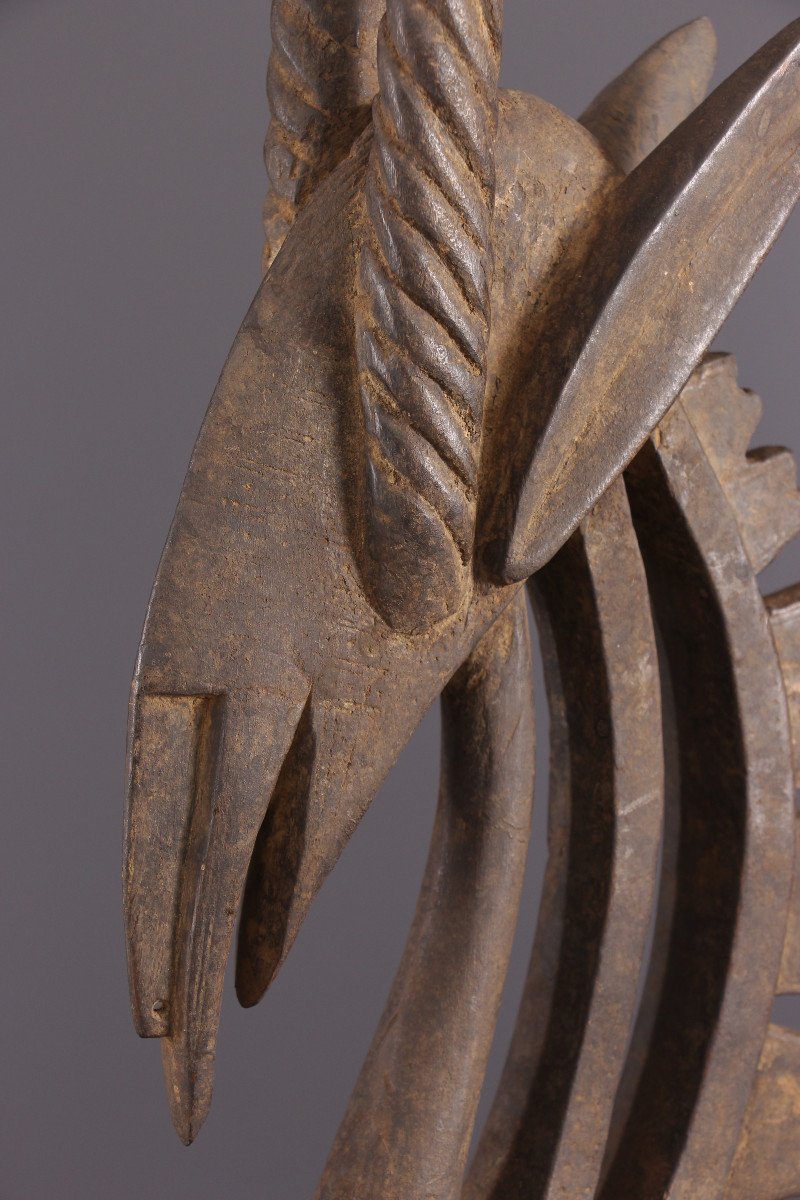
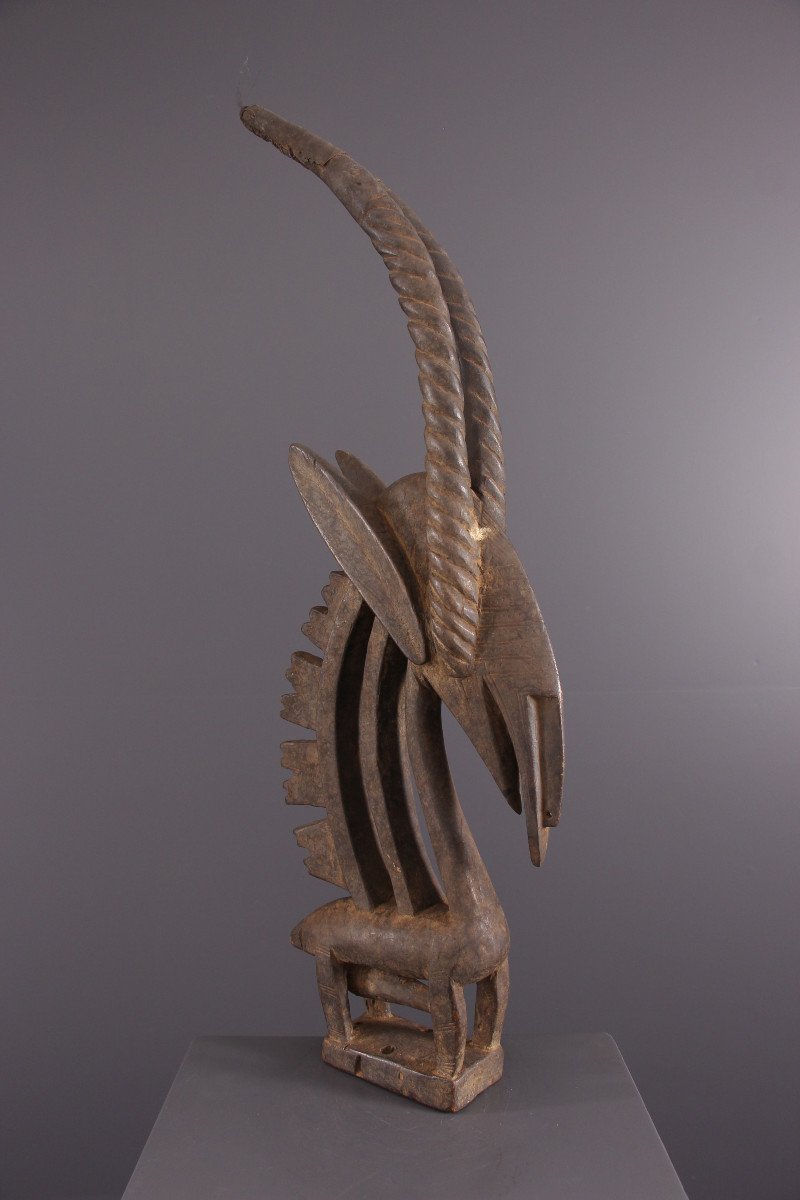

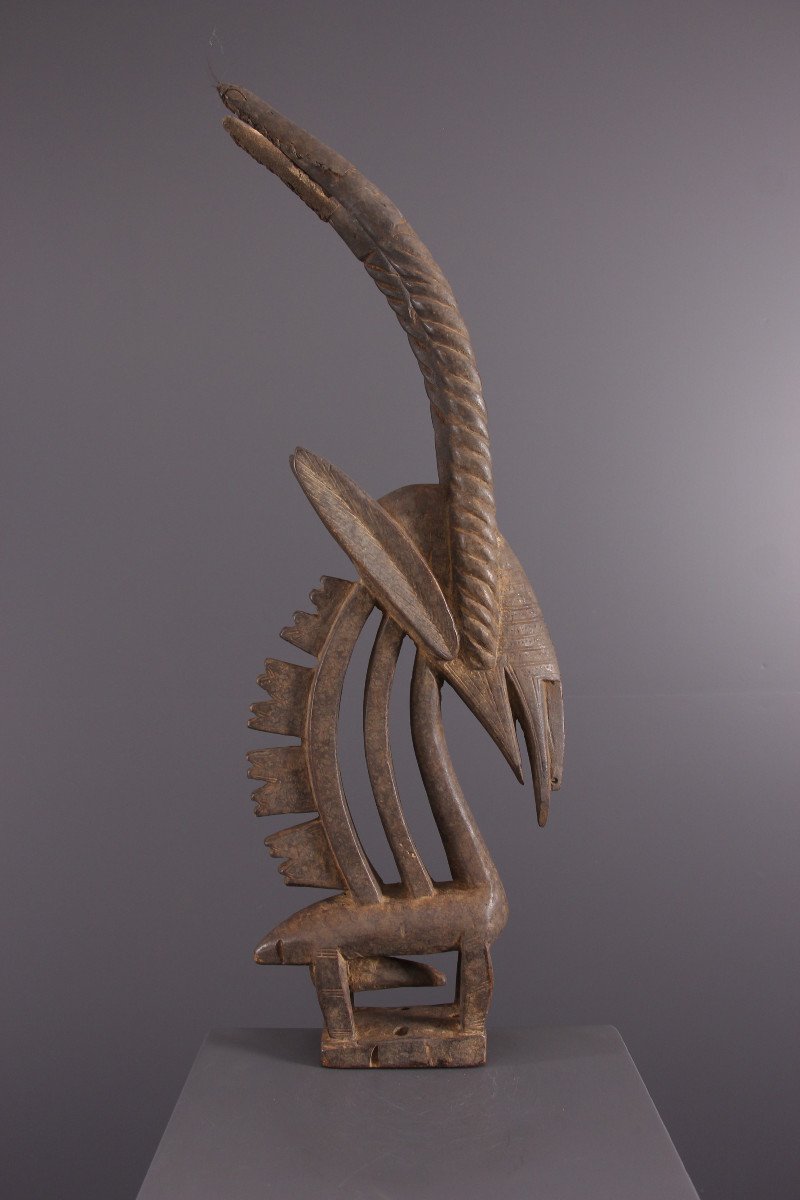
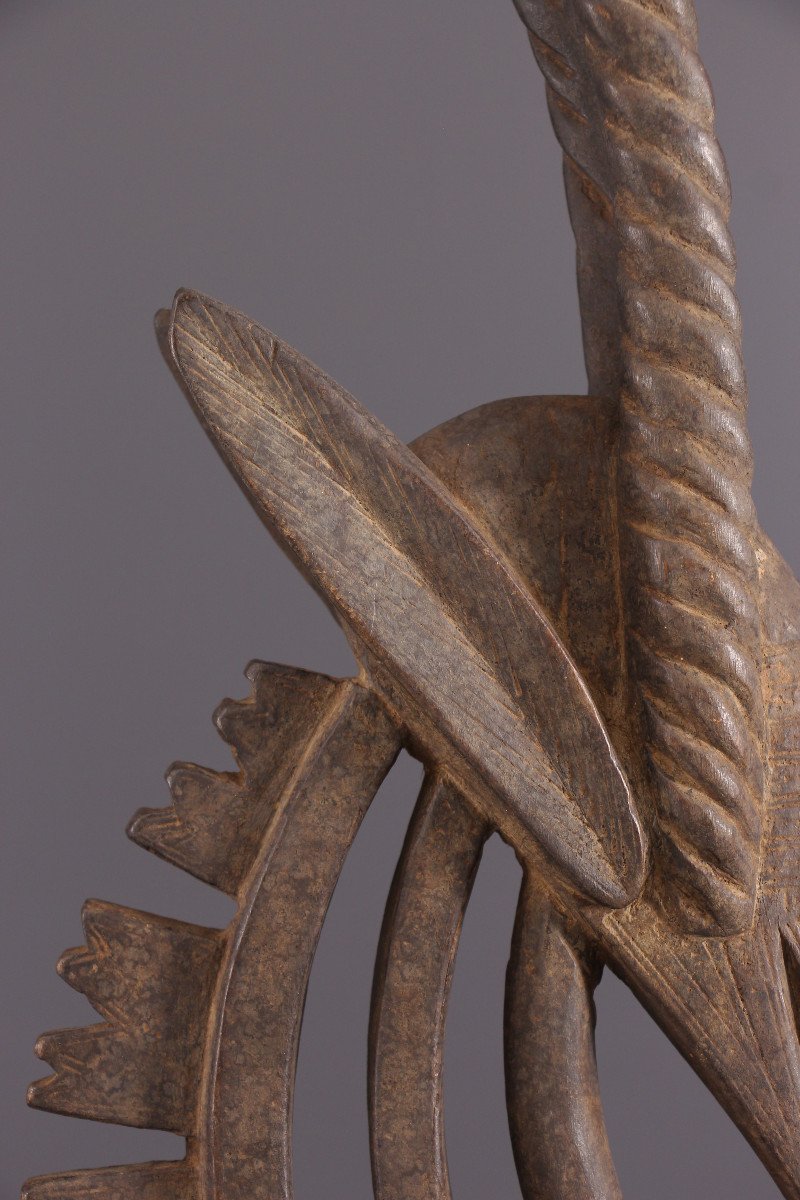

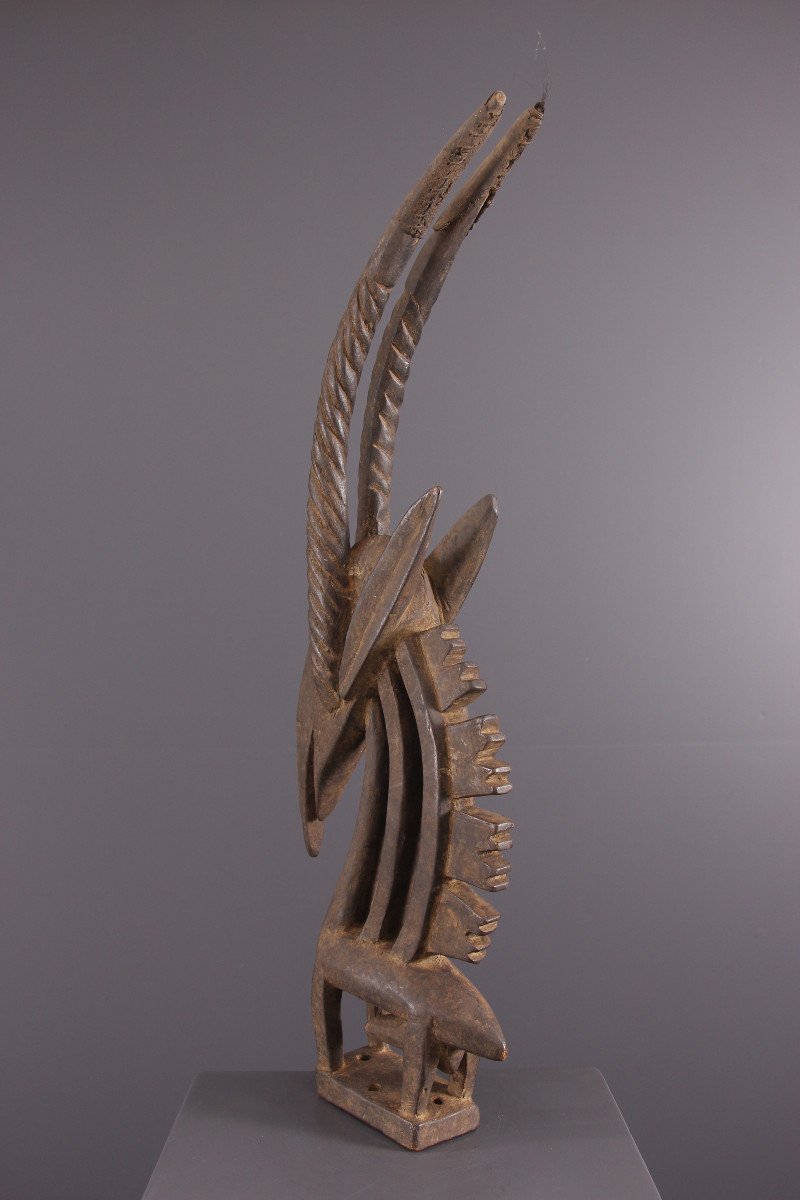

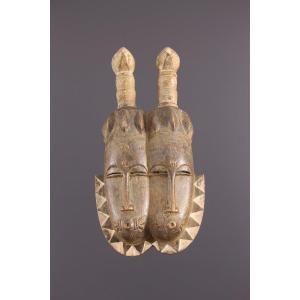
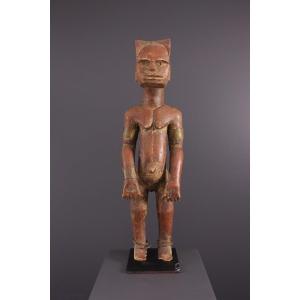
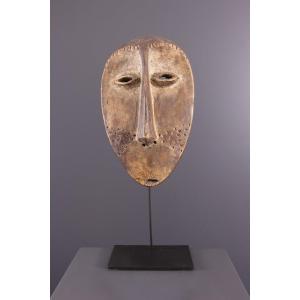

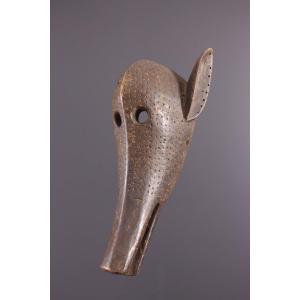




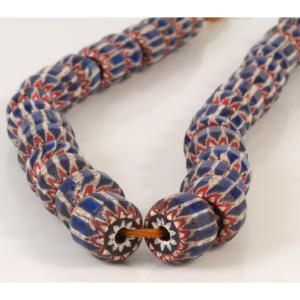
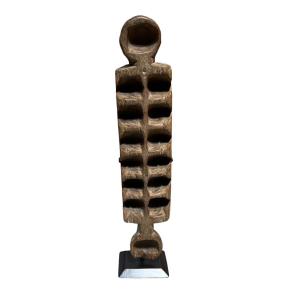




 Le Magazine de PROANTIC
Le Magazine de PROANTIC TRÉSORS Magazine
TRÉSORS Magazine Rivista Artiquariato
Rivista Artiquariato
